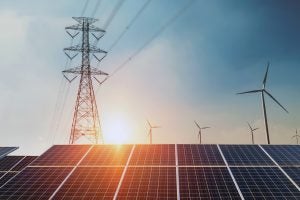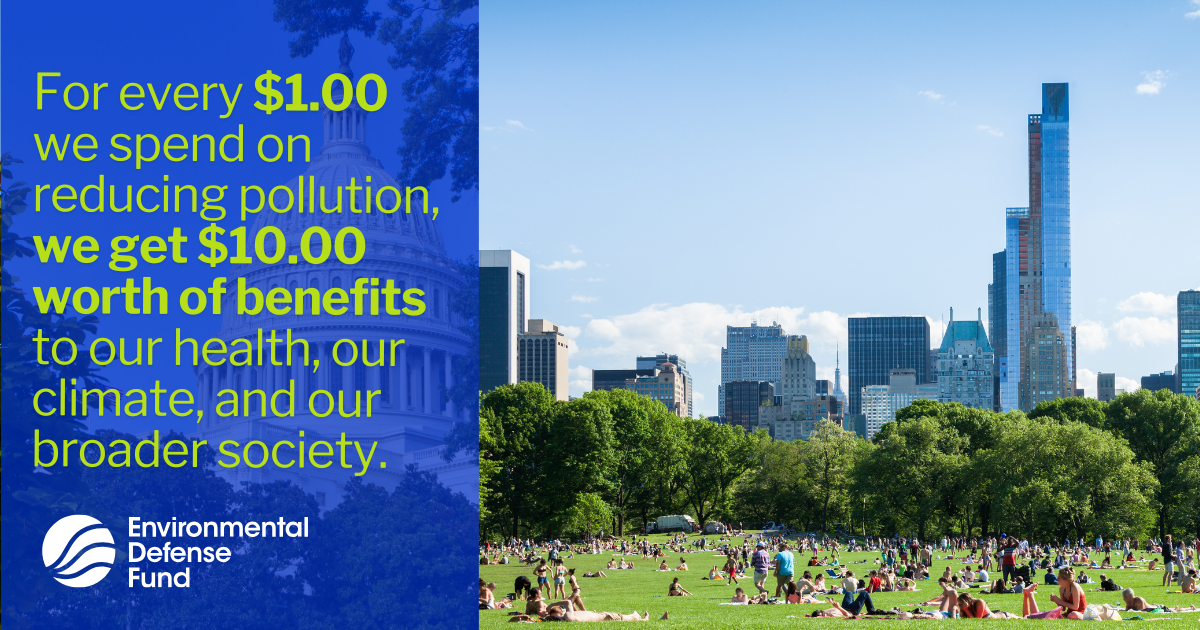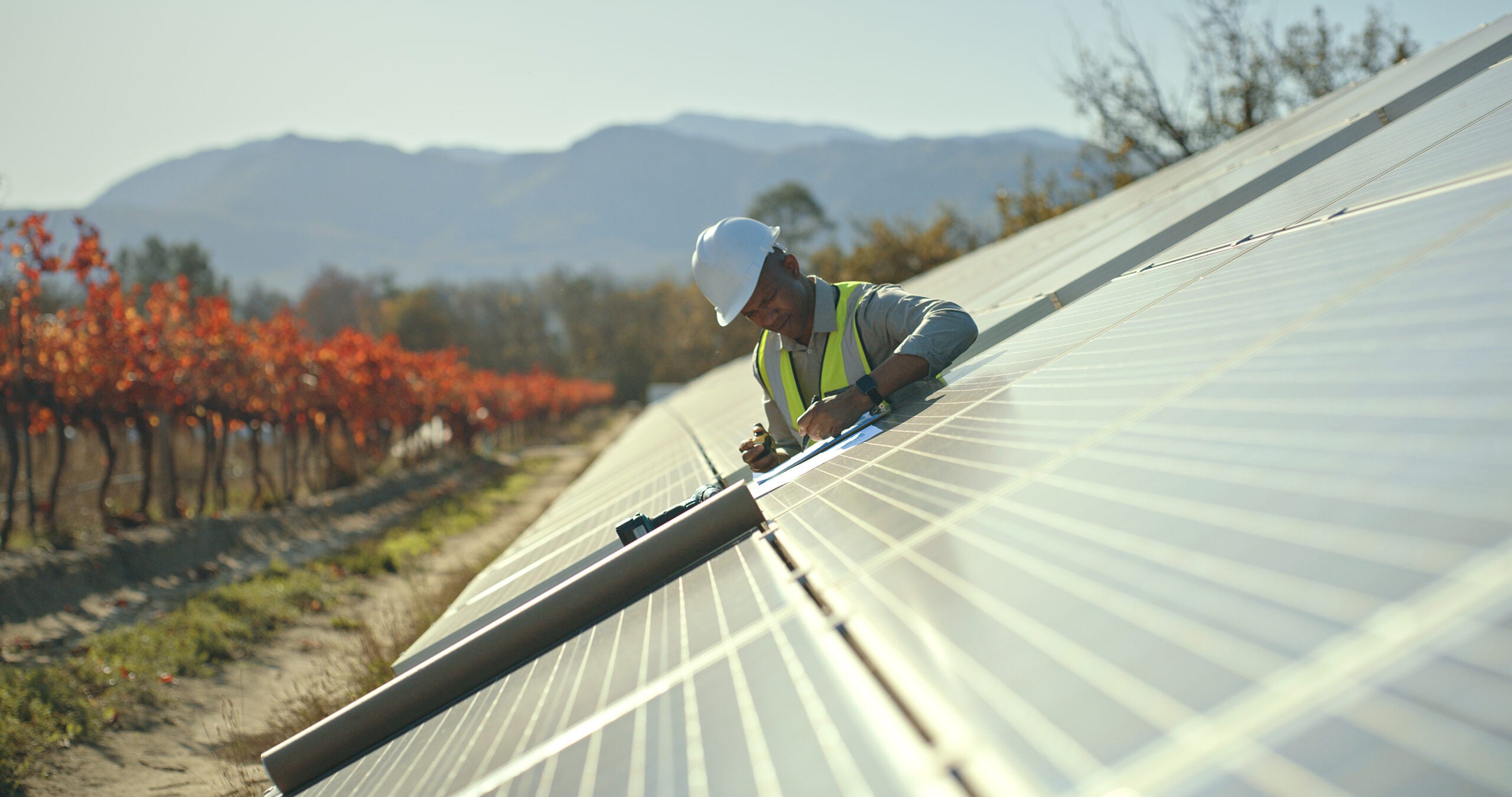Energy Justice and the Just Transition in the Power Sector – New Research and Policy Approaches
This post is the first in a series dedicated to the future of the electricity sector and new scholarship supported by the Alfred P. Sloan Foundation. Each post is based on a discussion between select researchers and experts working on relevant policy. To learn more and join one of our upcoming conversations, visit the series website.
While scholars across academia, nongovernmental organizations and think tanks are grappling with transitioning to a cleaner, more efficient, reliable and equitable electric grid, bridging the gap between research and policy is critical to making informed decisions that will impact consumers, communities and the environment.
As we shift from fossil fuels to a cleaner grid, ensuring that no one is left behind and all communities can benefit is critical to a successful transition. EDF and New York University’s Institute for Policy Integrity at the NYU School of Law, with the support of a grant from the Alfred P. Sloan Foundation, are highlighting some of the most exciting research emerging from teams funded by the Foundation in a series of webinars with leading scholars and relevant policy experts.
Our first conversation—which you can watch here—examined how to make the transition for ratepayers, utilities and communities equitable, so people and communities can prosper as we move to cleaner sources of energy. The conversation, moderated by EDF’s Lauren Navarro, Senior Manager, Regulatory and Legislative Affairs, featured a panel including: Dr. Charles Sims, Director of the Energy and Environment Program at the Howard H. Baker Jr. Center for Pubic Policy at the University of Tennessee, Knoxville; Dr. Roman Sidortsov, Associate Professor of Energy Policy at Michigan Technical University; and Raya Salter, an attorney, energy justice advocate and member of the New York State Climate Action Council.
Distributed solar adoption’s impacts on the grid and its customers
Dr. Sims led us through a recent simulation he developed of the Tennessee Valley Authority (TVA), modeling the individual decision to adopt rooftop solar panels and the impacts this adoption would have on grid and electricity costs. His agent-based computational model allowed his team to examine which groups would benefit and whether any groups may be worse off.
One of their important findings was that low-income incentive programs have helped close the gap of solar adoption between low- and high-income customers. However, they also found that net metering programs, which allow solar owners to be paid the full retail rate for solar generation, have widened the gap, likely due to a cost shifting between the two income groups.
New opportunities for old mines
Dr. Roman Sidortsov discussed his research on the barriers and opportunities associated with using underground mines as energy storage sites utilizing the pumped storage hydropower method (PUSH), a key technology to achieving a clean grid.
Dr. Sidortsov’s project examined whether old mines could take advantage of upper- and lower-level reservoirs to pump water through a hydroelectric turbine to generate power using a series of different designs. Leveraging an old mine in Negaunee, Michigan, as a case study, they found that not only could the mine serve the surrounding county’s population of 30,000 people continuously for 3.5 months; it could also to do so at a profit. Dr. Sidortsov sees great potential for nearly 1,000 decommissioned mines across the country to be used as storage facilities, which are already electrified and connected to a transmission system; this solution can help achieve a just transition in communities that would otherwise have been left behind as coal and mining are phased out.
Developing just transition policies in New York
Ms. Salter shared current progress under New York state’s ambitious 2019 Climate Leadership and Community Protection Act. The law, which aims to move the state to an economy-wide net zero goal by 2050, includes several provisions devoted to energy justice.
In addition to the Climate Action Council, the law also created a Just Transition Working Group, comprised of justice advocates, labor representatives, utilities and others. This group is charged with identifying electric generating facilities that may close due to the transition, studying job and workforce needs and providing recommendations to the council for how to best handle the transition equitably.
New York state is, as Ms. Salter noted, a tale of two grids. The upstate region benefits from greater access to hydroelectric power and renewables, while regions downstate draw an overwhelming percentage of their power from fossil fuels. She and others on the council are looking at ways to improve transmission from upstate to western and downstate regions to take advantage of the renewable generation pockets necessary to achieve the state’s goals. She and her colleagues are also hoping to address the need for long-duration storage to fill some of the renewable gaps the state experiences in winter.
Connecting research and policy
Ms. Navarro asked Drs. Sims and Sidortsov how their research directly applied to Ms. Salter’s policy work in New York and beyond. Dr. Sims explained that he initially gravitated toward the transition to solar, due to the existing gap in low- and high-income customers’ adoption. “There is also the fear that utilities will have to raise their rates,” disproportionately impacting low-income customers. Avoiding this scenario will depend on policy action and a greater understanding of any potential negative impacts caused by certain policies encouraging greater adoption of rooftop solar; academic research can thus help highlight any unintended outcomes from policy adoption.
Dr. Sims also sees connections between the retirement of coal plants and the subsequent impacts on local communities and low-income rate payers in rural communities, who may face price shocks due to large-scale adoption in higher-income, urban areas. He sees a lot of opportunity study how different policies can improve conditions for lower-income consumers.
Dr. Sidortsov said his work was conducted with the transition in mind, as he specifically considered the layered benefits for communities who may have been negatively impacted by the shuttering of mines. He hopes PUSH storage facilities could turn existing liabilities into assets, so communities that have been overburdened by risk could experience renewed prosperity.
Panelists also discussed the importance of listening to community concerns. Ms. Salter explained that energy justice goes beyond reducing greenhouse gas emissions. For mass adoption to take place, we need to consider aspects that may prevent communities from welcoming renewable facilities, especially as policymakers consider how some have already been unequally harmed by the fossil fuel industry.
Overall, this conversation showed how research can contribute to identifying equitable policies, but also the importance of having policy guide new avenues of research. When it comes to achieving a clean and efficient electric grid, we must think about the role that this transition plays in helping improve equitable outcomes, and whether policies may exacerbate existing inequities.
Looking ahead to stakeholders
The panelists’ interest in communities is apt, as it will serve as the next topic in our series. Our upcoming policy and research conversation, to be held December 16th, 10:30am ET, will examine public acceptance and governance topics for energy policy. Moderated by Dr. Elizabeth Wilson of Dartmouth, the panel includes Dr. Tanya Heikkila (University of Colorado Denver), Dr. David Konisky (Indiana University), Dr. Kate Konschnik (Duke University) and Amanda Ormond (Western Grid).













